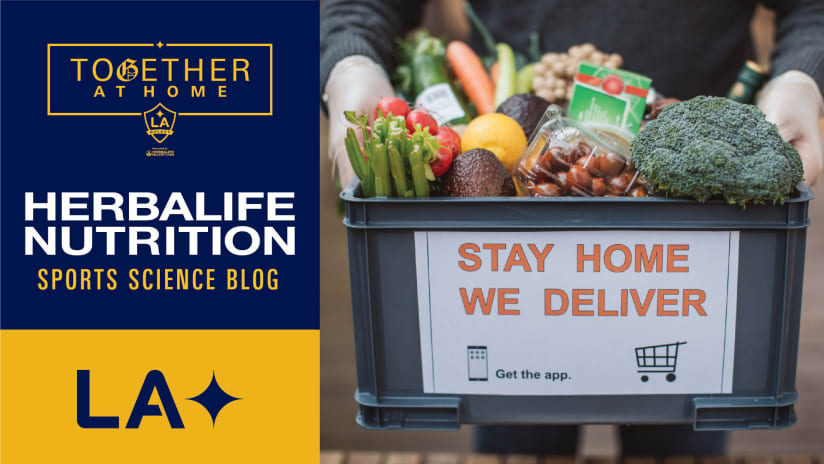Attention grocery shoppers:
We’re back and have some great grocery shopping tips to share!
Healthy eating starts at the grocery store. Stocking your kitchen with fresh seasonal produce, lean proteins, and healthy whole grains makes it way easier to prepare a nutritious meal and stick to your health and performance goals.

Unfortunately, grocery shopping can be confusing when you are trying to eat healthy.
Supermarket layouts are carefully designed using product placement, merchandising techniques, and sensory cues to inspire purchases—so it is no wonder deals on chips and ice cream catch your eye.
Use these tips to shop smart:
1. Plan Ahead.
- Plan what you will eat for the week. Check your pantry and refrigerator for which items you need. Make a list to take with you to the store.
2. Stick to the list.
- Going to the store with a plan will prevent you from buying things you don’t need or want. Using a list as your guide will help you stay focused on your goals and save you time and money.
3. Shop the perimeter.
- Enter the store at the produce department. Continue around the perimeter to the fish, meat, and dairy sections. By following this path, you base your shopping around whole, fresh food. Finish by going down a few aisles for items such as cereals, grains, canned goods, and frozen foods. This technique will help to fill your cart with less processed foods.
4. Color your cart.
- Before you can “eat the rainbow,” you have to color your cart. Choose a variety of colorful fruits and vegetables. From red to violet, each hue is nature’s color code to certain vitamins, minerals, and phytonutrients that help your body function at its best.
5. Read nutrition labels.
- The Nutrition Facts label lists product’s total calories, carbohydrates, fiber, protein, fat, and sodium.
- Pay attention to the serving size and number of servings per container.
- Check the ingredients label. Beware of potentially harmful ingredients, like hydrogenated fats (trans fats), saturated fats, sodium nitrates and nitrites, monosodium glutamate (MSG), and added sugars.
6. Don’t shop hungry.
- You’ll be more likely to make impulse purchases and buy “’splurge” foods that may not be the healthiest.
How to Shop Each Section
Produce:
- In-season produce is often cheaper and better tasting than when it is out of season.
- Choose a rainbow of colorful fruits and vegetables.
Meat, Fish, & Poultry:
- Choose chicken breast, turkey breast, fish, and shellfish for lean protein.
- Choose leaner cuts of meat (like round, top sirloin, and tenderloin).
- Opt for skinless poultry.
- Less marbling = less fat
- Choose deli meats that are nitrate- and nitrite-free.
Dairy & Eggs:
- Choose Greek yogurt for 3x more protein than regular yogurt.
- Choose nonfat or low-fat.
- Eggs are cheap and a great source of high quality protein.
Breads, Cereals & Pastas:
- Choose whole-wheat bread and pastas, brown rice, grain mixes, quinoa, bulgur, and barley.
- Aim for at least 3g fiber per serving or slice.
- Look for whole grain as 1st ingredient.
- Make sure sugar is not listed in the first 5 ingredients for bread.
Canned Goods:
- Choose fruits canned in own juice.
- Look for no salt added.
- Stock your pantry with beans, tomatoes, corn and tomato sauce for quick meal prep.
Frozen Foods:
- Frozen fruits and veggies are just as nutrient-packed and won’t spoil as quickly.
- Frozen fruits are great for smoothies.
- Frozen veggies are quick and easy to prepare.
- Look for pre-cooked, frozen chicken breast.
Condiments & Miscellaneous
- Choose oil-based dressings vs. cream-based.
- Salsa is low-calorie and nutritious. Use it as a dip or salad dressing.
- Choose fresh or dried spices, herbs, pepper, garlic or cinnamon to season foods.
Shop smarter and eat healthier to optimize your health and performance.
Nutrition for the win!
Brooke & Nicolette



